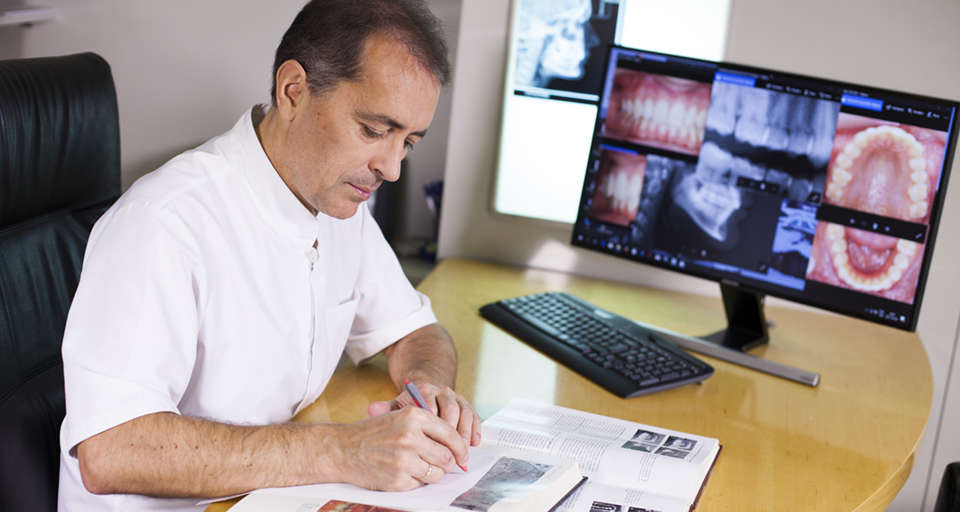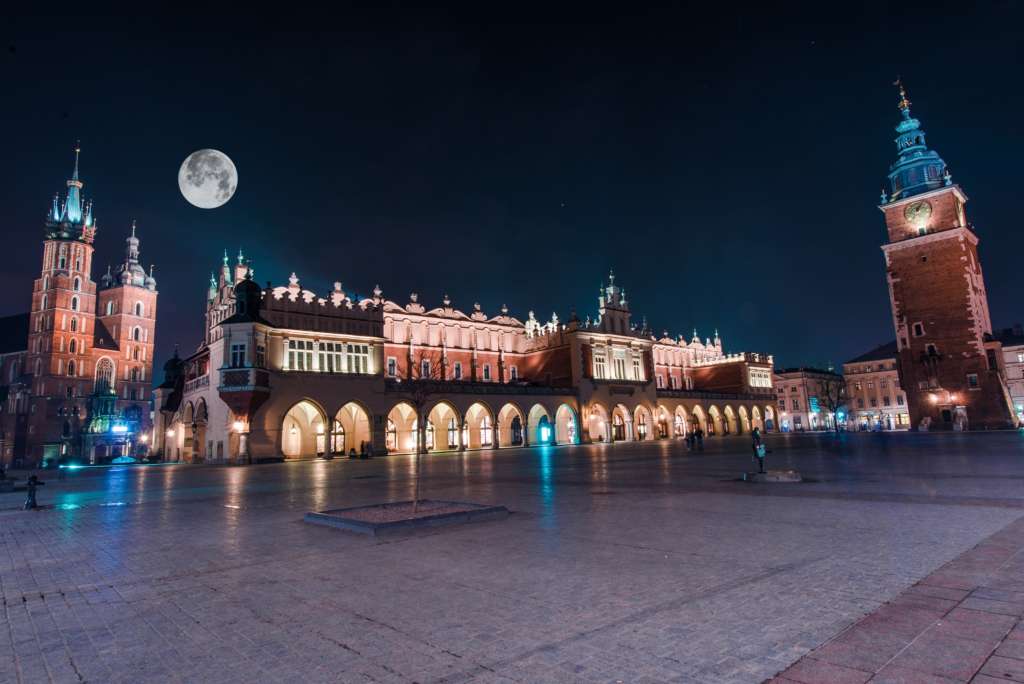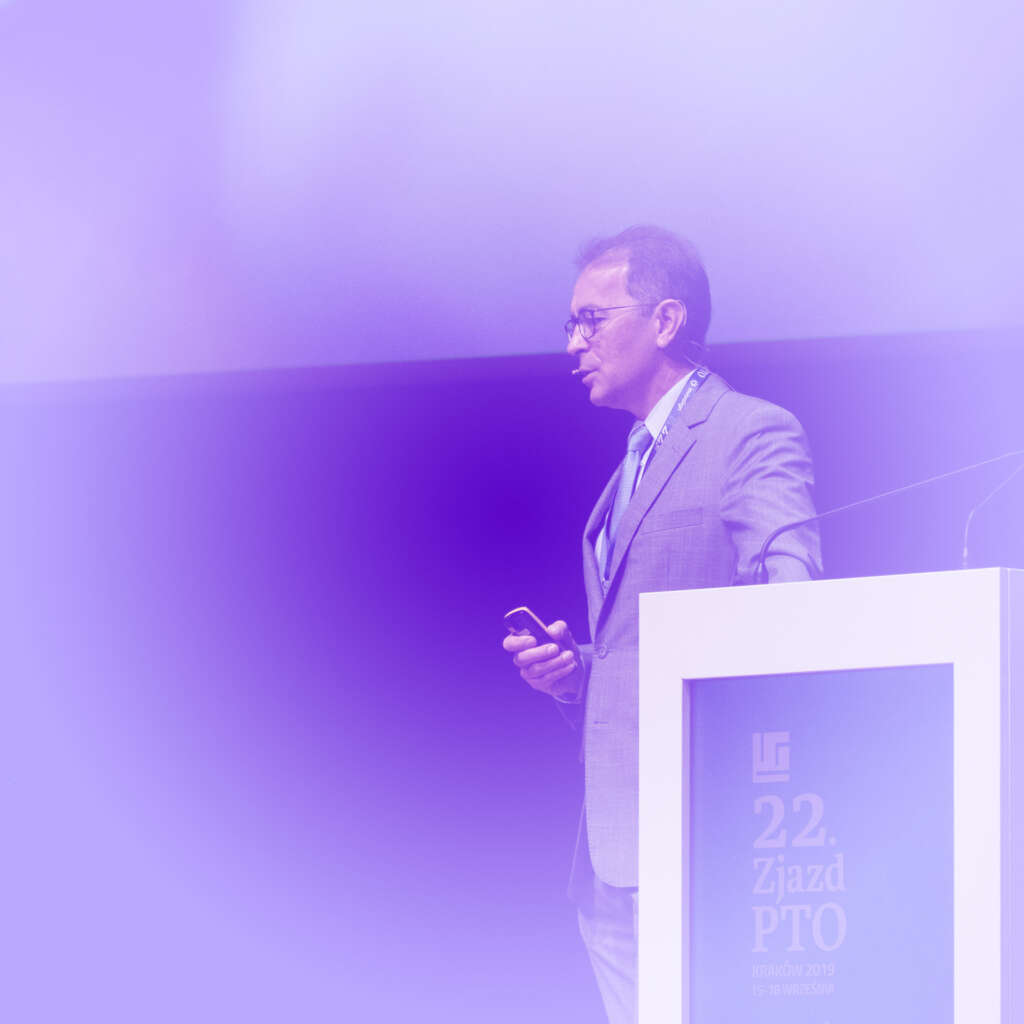Age-related changes of dental pulp tissue after experimental tooth movement in rats.
Written by admin on January 28, 2016
PeerJ. 2016 Jan 25;4:e1625. doi: 10.7717/peerj.1625. eCollection 2016.
Von Böhl M(1), Ren Y(2), Kuijpers-Jagtman AM(1), Fudalej PS(3), Maltha JC(1).
Author information:
(1)Department of Orthodontics and Craniofacial Biology, Radboud University
Nijmegen , Nijmegen , The Netherlands.
(2)Department of Orthodontics, University of Groningen, University Medical
Centre Groningen , Groningen, Griningen , The Netherlands.
(3)Department of Orthodontics and Dentofacial Orthopedics, University of Bern,
Bern, Switzerland; Department of Orthodontics, Institute of Dental Science,
Palacký University Olomouc, Olomouc, Czech Republic.
It is generally accepted that the effect of orthodontic tooth movement on the
dental pulp in adolescents is reversible and that it has no long-lasting effect
on pulpal physiology. However, it is not clear yet if the same conclusion is
also valid for adult subjects. Thus, in two groups of rats, aged 6 and 40 weeks
respectively, 3 molars at one side of the maxilla were moved together in a
mesial direction with a standardized orthodontic appliance delivering a force of
10 cN. The contralateral side served as a control. Parasagittal histological
sections were prepared after tooth movement for 1, 2, 4, 8, and 12 weeks. The
pulp tissue was characterized for the different groups, with special emphasis on
cell density, inflammatory cells, vascularity, and odontoblasts. Dimensions of
dentin and the pulpal horns was determined and related with the duration of
orthodontic force application and age ware evaluated. We found that neither in
young nor in adult rats, force application led to long-lasting or irreversible
changes in pulpal tissues. Dimensional variables showed significant age-related
changes. In conclusion, orthodontic tooth movement per se has no long-lasting or
irreversible effect on pulpal tissues, neither in the young nor in the adult
animals.
DOI: 10.7717/peerj.1625
PMCID: PMC4741077
PMID: 26855867
Conflict of interest statement: The authors declare there are no competing
interests.




